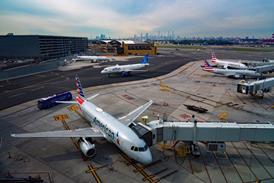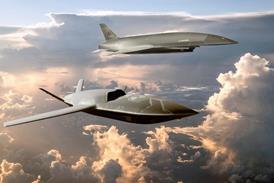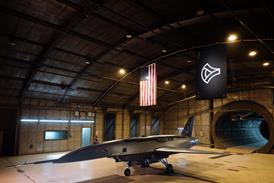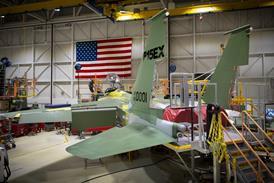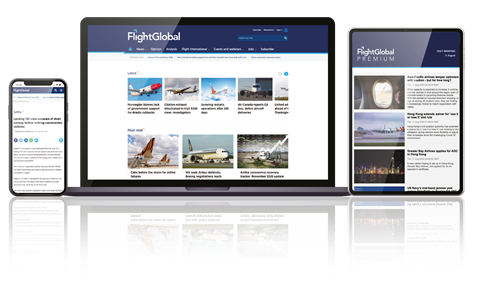From January crews operating in North Sea will have opportunity to tell UK CAA what they think of the system
In-service evaluation trials of a new helideck lighting system will begin in January on two North Sea oil rigs, according to the UK Civil Aviation Authority. This follows five years of designing, setting up and staging operational trials masterminded by the CAA, working with the International Civil Aviation Organisation.
The CAA so far has used its own helicopter crew in the helideck lighting trials both onshore and offshore, but from January company crews operating to the ExxonMobil Galahad and Lancelot platforms in the southern sector of the North Sea will have the chance to provide feedback on the system's effectiveness.
When the precise definition of the lighting system is finalised, the basic changes from traditional helidecks will be that perimeter lighting is green instead of white, and the aiming circle is designated by yellow lighting with the traditional "H" in the centre glowing green - probably composed of LED panels.
Helideck surface floodlighting is still being considered, with directionally focused Xenon deck-level lights looking the most promising. The intention is for the green perimeter lighting to distinguish the deck outline from all the other rig lighting, and that the design, colour and deck lighting format would reduce helideck glare and the "black hole approach" feeling as pilots make their descent towards the platform.
Pilots involved in the in-service evaluation on Galahad and Lancelot will see what the CAA calls Stage One lighting, which is the ICAO-mandated green perimeter lighting and enhanced helideck surface floodlighting. Stage Two will add the yellow aiming circle and the green "H".
Two separate companies have been contracted to determine the best technology and design for the lighting and the components - LED strips or panels, for example - and the floodlighting. Both systems, the CAA says, "will be installed on operational offshore platforms for in-service trials aimed at validating the specification".
 |
|---|
Source: Flight International

